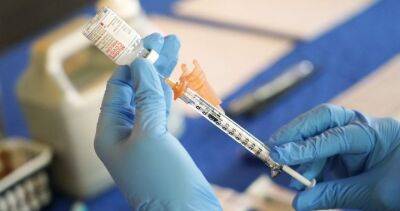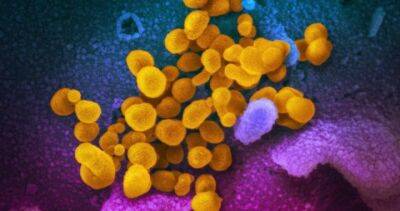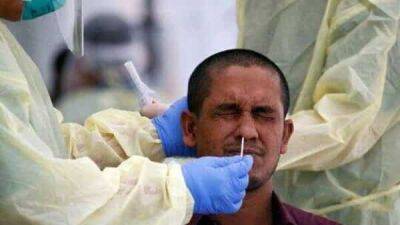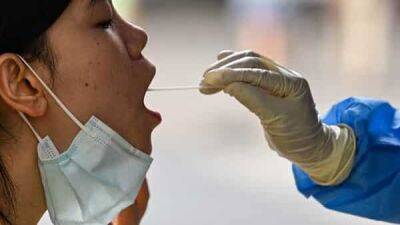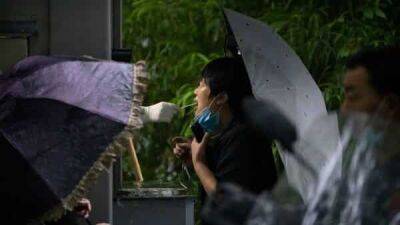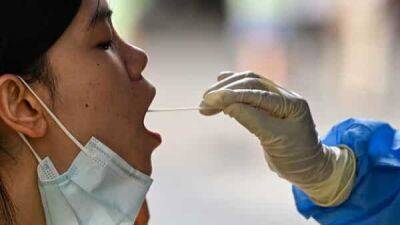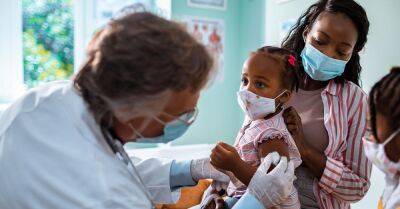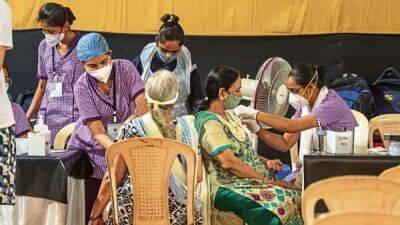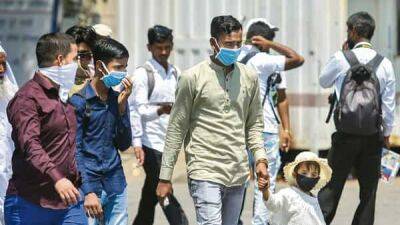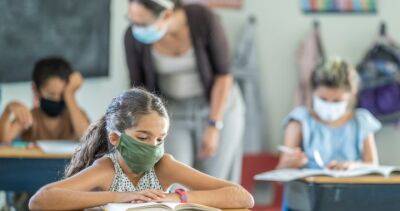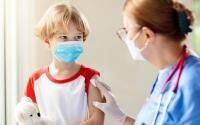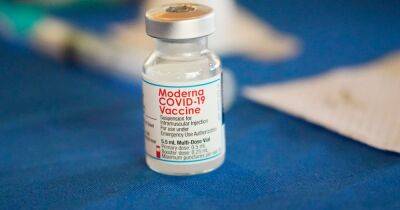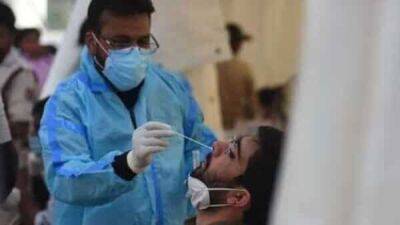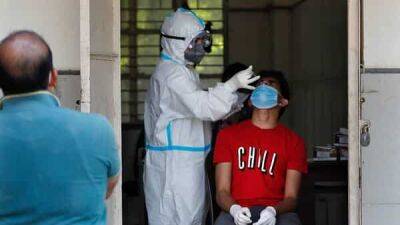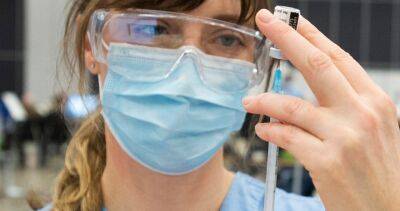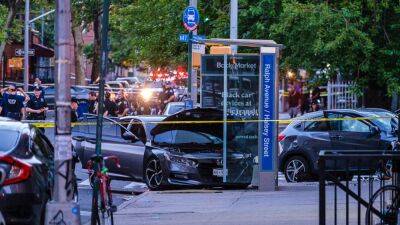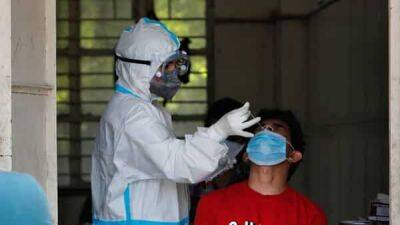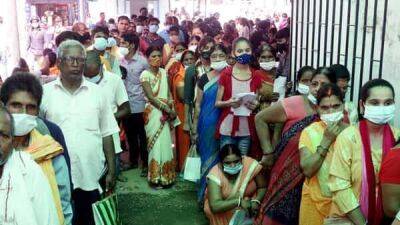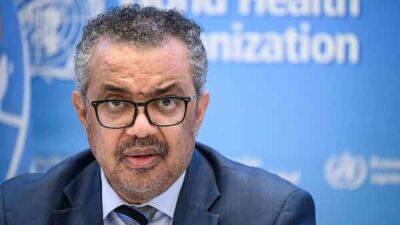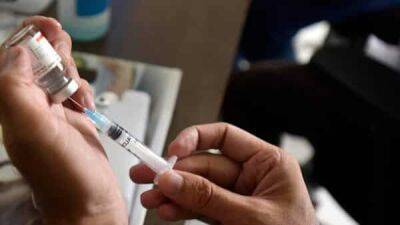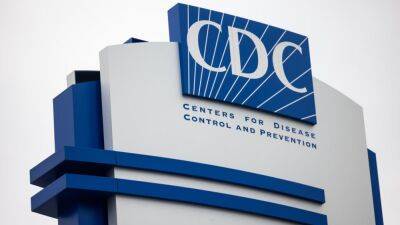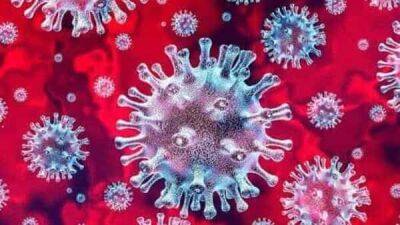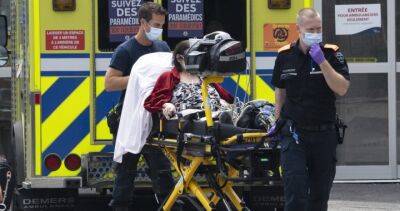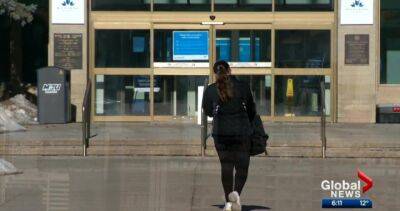Higher risk of vein blood clots in COVID vs flu patients
Hospitalized adult COVID-19 patients before and after SARS-CoV-2 vaccine availability had significantly higher odds of venous—but not arterial—thromboembolism than those hospitalized for influenza before the pandemic, finds a study published today in JAMA.A team led by University of Pennsylvania researchers retrospectively studied rates of venous thromboembolism (blood clot in a vein) and arterial thromboembolism (blood clot in an artery) in 41,443 COVID-19 patients hospitalized before the vaccine rollout (April to November 2020), 44,194 COVID-19 patients admitted after vaccines became available (December 2020 to May 2021), and 8,269 patients hospitalized with the flu from October 2018 to April 2019.Thromboembolism can cause blockage of a blood vessel and thus can be severe.Death rates were collected through Aug 28, 2019, for flu patients and through Sep 28, 2021, for COVID-19 patients.
Data were derived from the US Food and Drug Administration (FDA) Sentinel System. Average age of all patients was 72 years.Risk of venous thromboembolismThe absolute risk of venous thromboembolism by 90 days was 5.3% in flu patients, versus 9.5% in COVID-19 patients before vaccines (risk difference, 4.1 percentage points) and 10.9% after (risk difference, 5.5 percentage points).Relative to flu patients, the risk of venous thromboembolism was significantly greater among COVID-19 patients both before (adjusted hazard ratio [aHR], 1.60) and after (aHR, 1.89) vaccine availability—a 60% and 89% higher risk, respectively.In both flu and COVID-19 patients, the risk of venous thromboembolism by 90 days was greater for patients admitted to an intensive care unit (ICU) or who needed mechanical ventilation or had a previous venous thromboembolism.Af


